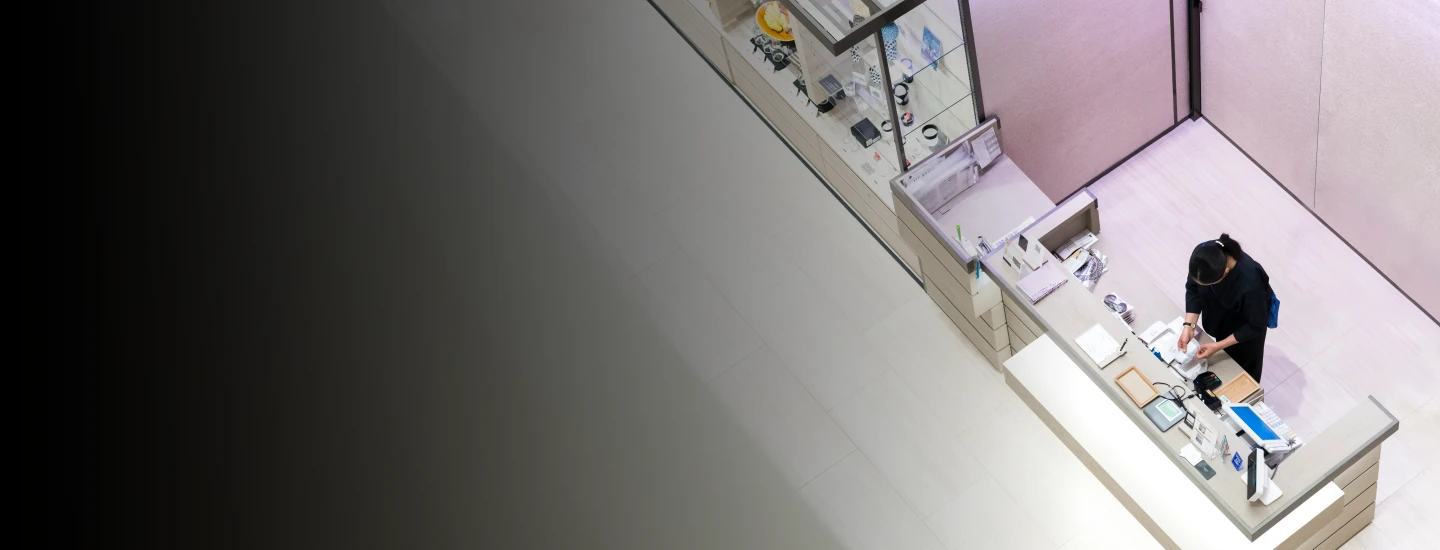
Post-pandemic, slowing growth and the need to drive productivity to maintain profitability are top concerns. Ongoing supply chain and labor difficulties increase the challenges for leaders of consumer products businesses.
Consumers have, to a large degree, rallied through rising interest rates and surging inflation, yet their resilience is being severely tested, and a widespread spending pullback may materialize as many consumers begin to trade down.
Here we provide a rolling quarterly check on year-on-year changes in retail sales, consumer sentiment, company performance, inventory movement, and other supply chain health indicators.
Explore the data in more detail below and subscribe to our monthly newsletter to ensure you don’t miss a movement in the market.

